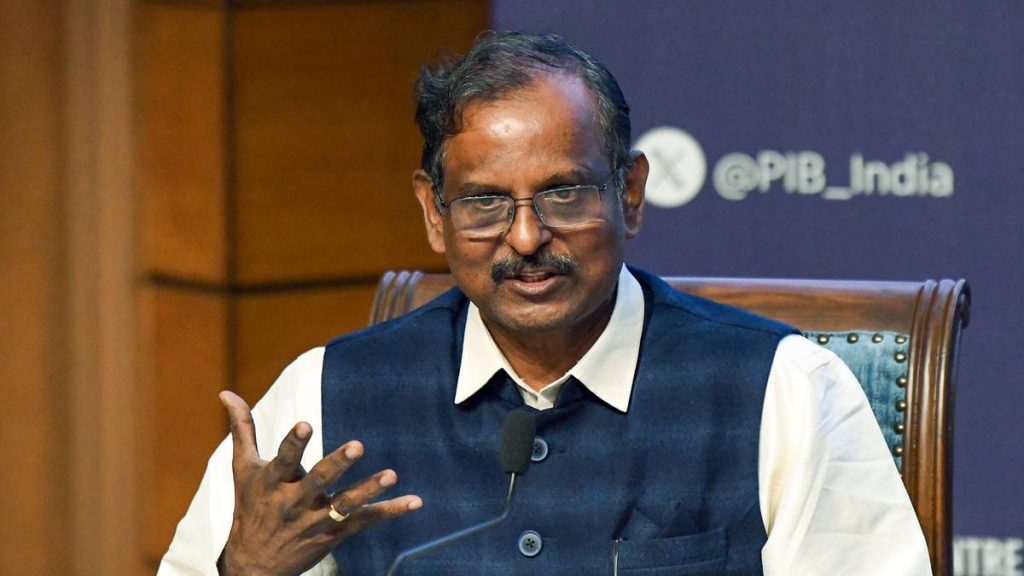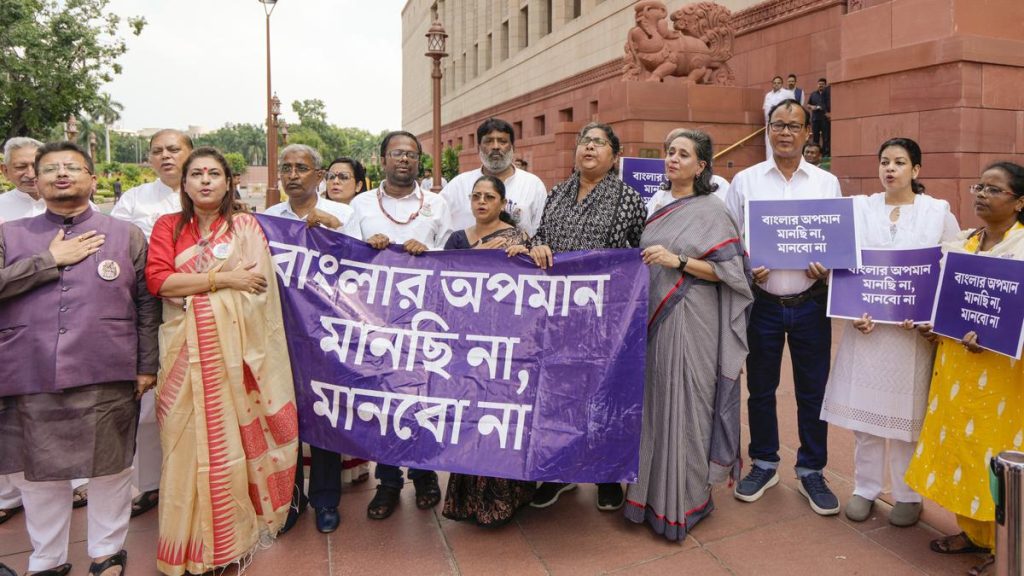Now Reading: 140,000-Year-Old Fossil Identified as Oldest Neanderthal-Human Hybrid
-
01
140,000-Year-Old Fossil Identified as Oldest Neanderthal-Human Hybrid
140,000-Year-Old Fossil Identified as Oldest Neanderthal-Human Hybrid
Swift Summary
- A new study has revealed evidence of interbreeding between Neanderthals and Homo sapiens dating back 140,000 years, significantly revising the timeline of their genetic and social interactions.
- The discovery centers on a five-year-old child’s skull found in Skhul Cave, Israel, which exhibits traits from both Neanderthals and H. sapiens.
- This evidence predates the previously known Lapedo Valley Child from Portugal, dated at 28,000 years old.
- Researchers used micro-CT technology to create a detailed 3D model of the skull to identify its mixed lineage through morphological analysis.
- Findings include distinctive Neanderthal features like an intracranial blood supply system, lower jaw structure, and inner ear morphology embedded within an overall Homo sapiens skull shape.
- The study highlights prolonged genetic mingling between neanderthals and early humans in Israel tens of thousands of years earlier than previously understood.
Indian Opinion Analysis
The groundbreaking discovery pushes back the timeline for human evolution’s intricate story by over 100,000 years. For India-home to rich archaeological discoveries regarding ancient civilizations-this study underscores advancements in paleoanthropology that may further refine humanity’s migratory patterns into South Asia in prehistory. While this particular research focuses on findings from Israel’s Skhul Cave region as a significant nexus for early human-Neanderthal interaction patterns during their coexistence globally-India’s proximity within migratory routes suggests it might have hosted similar interactions during overlapping eras.
Moreover, advancements such as micro-computed tomography used here reflect cutting-edge approaches relevant across global scientific communities researching human ancestry-including Indian institutions exploring Harappan or older fossil evidence yet challenged comprehensively refinement methodology whether limited genetic exclusivity finally helpful untapped Indian contexts crossing Himalayan settlement applicable continental ecosystem reshufflings-первых trait frequencies
























